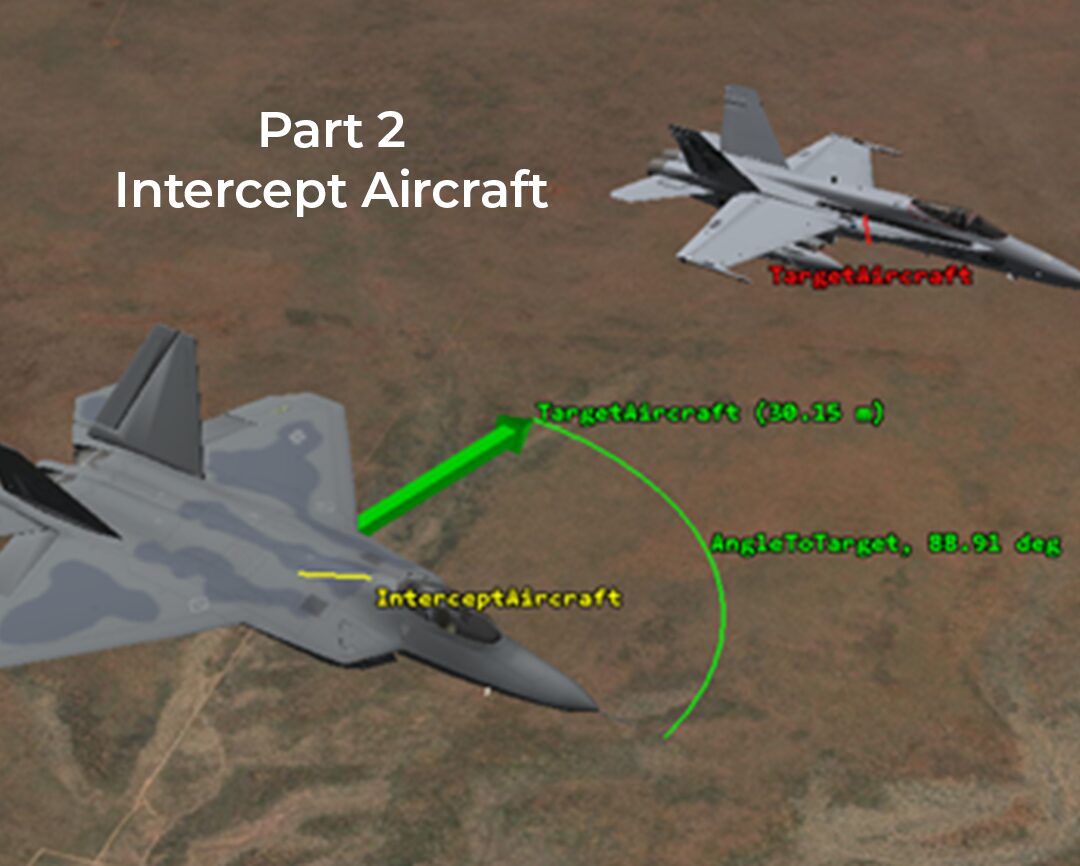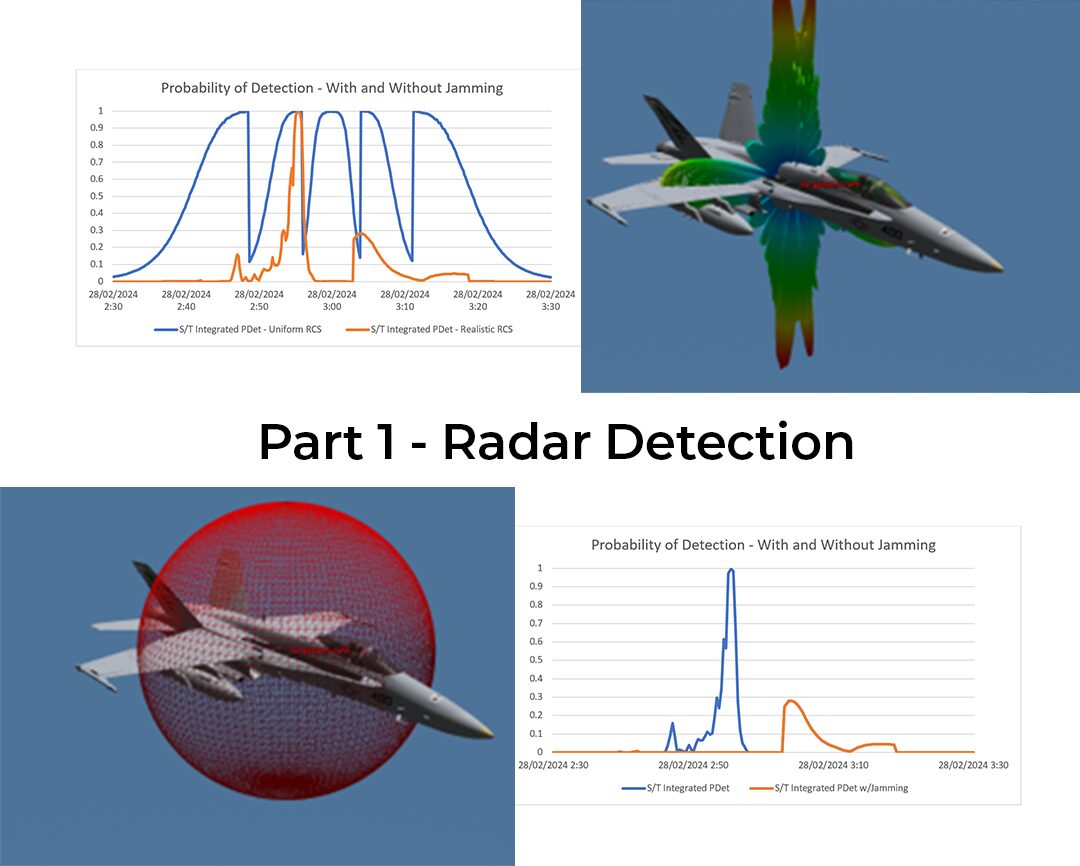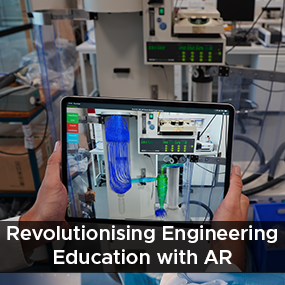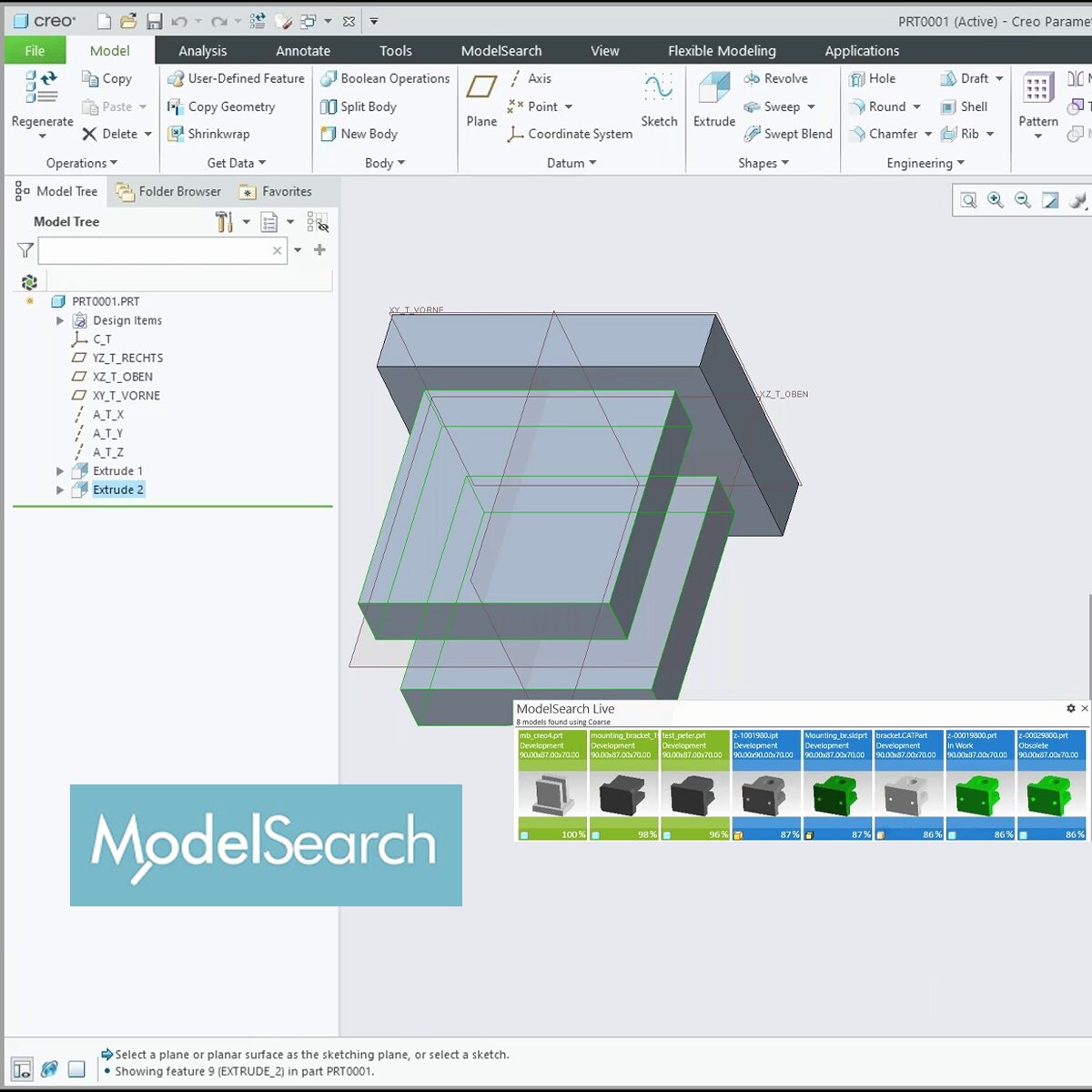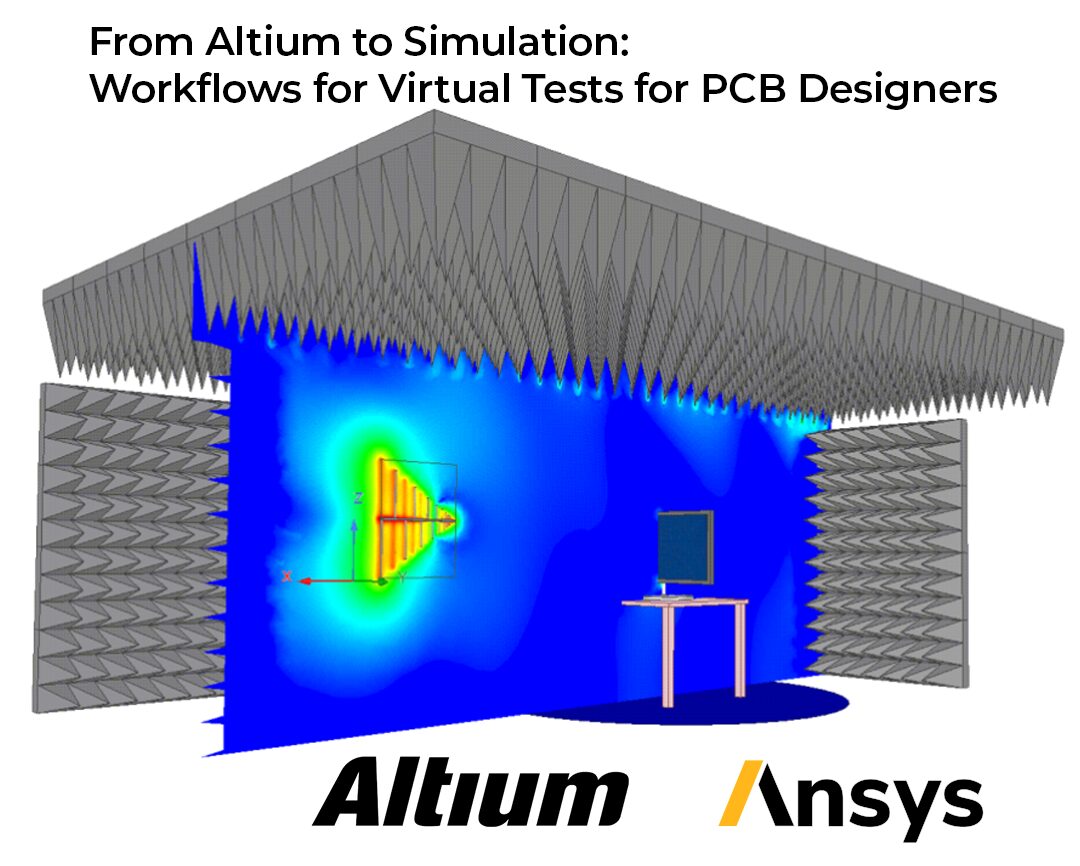
From Altium to Simulation: Workflows for Virtual Tests for PCB Designers
Thomas Benke from LEAP’s Electronics Team was invited to speak at Altium Designer 24 launch event in Sydney. This post offers a series of highlights from that presentation, covering industry trends, the recently announced Altium-Ansys Smart Bridge (including a live demonstration), followed by a discussion of typical simulation examples including PCB analysis.

